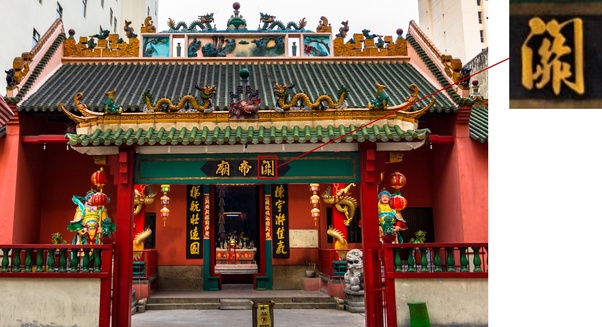Friends who know me well are aware that I have a bee in my bonnet over a large number of Simplified Chinese Characters that have been made standard, most of them falling under one of the following two (2) categories:
- Merging of two (2) distinct characters into one (1), largely on the basis of them being homophones, e.g. 裡→里, 後→后, 鞦韆→秋千.
- Dropping a large number of component strokes. I posted an answer on 習→习, so will not repeat it here.
Today, I want to discuss this pair of monstrosities, i.e. PRC’s official simplified forms of 開 (“to open”)and 關 (“to close”):
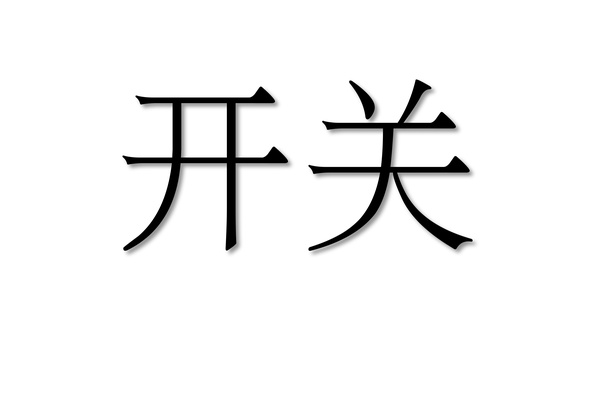
I am not protesting about 門→门, as I am aware that it has been a shorthand for centuries, even finding its way into handwritten Japanese kanji. What befuddles and annoys me is why in Heaven’s name was the 门 radical not preserved in these two (2) official simplified forms for PRC? And especially so when you consider that among all the characters formed by the 門/门 radical, these two (2) words are arguably the ones most commonly related to doors!
I have heard some really lame arguments:
- “These words are so common that we can afford to drop the 门 radical.”
- “开 and 关 no longer necessarily relate to doors.”
All these just tells me that even after massive simplification, people still seem to find it too hard to write just a simple 3-stroke radical 门. And let it be added, in this day-and-age, people type a lot more than they write, so the tedium of writing is an even more moot point.
An example of the character (门+开) on a Chinese scroll:
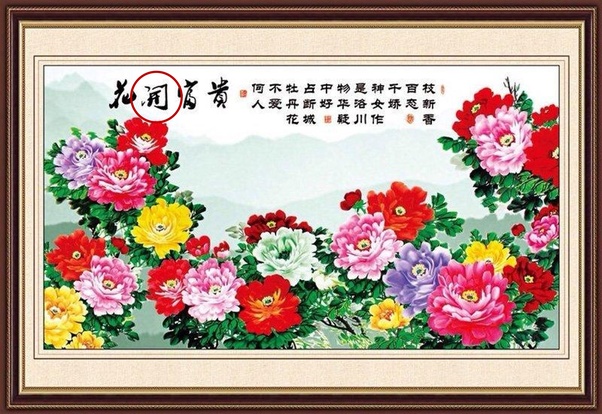
An example of usage in Japan:
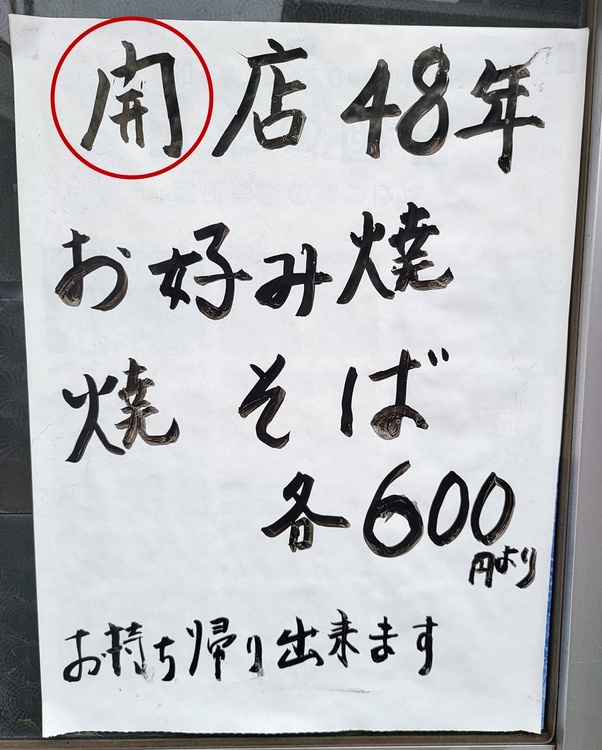
For the record, these two (2) characters with the 门 radical included are encoded in Unihan. Their codes are U+2B52D and U+2CBA6, respectively, and they look like this:

Unfortunately, only a very limited number of fonts can display them (especially the 2nd character). The ones that I know of to-date are Babelstone-Han and Hanazono Mincho Ext-C.
If I could run a petition for a reform to the current Simplified Chinese Characters standard, I would vote to replace 开 and 关 with the above two (2) forms, and purge the former from existence.
EDIT: Heck, even if someone decided to create and encode the following variant for 關, I’m all for it – please just put back the darn door!
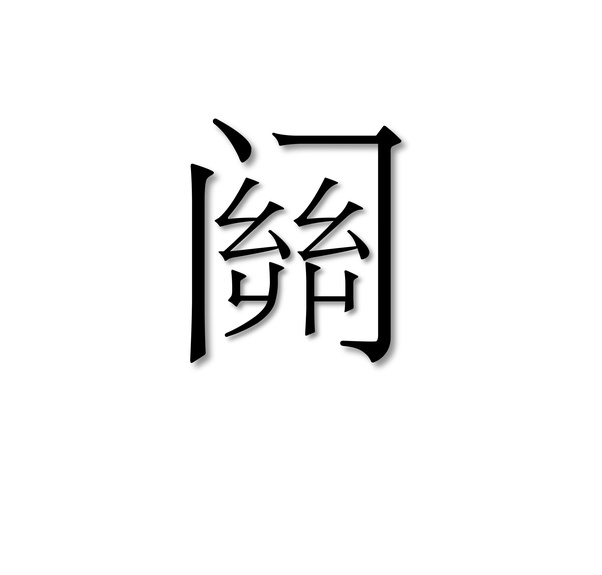
An example of the variant character for 關, as used at a Chinese temple in Kuala Lumpur, Malaysia:
